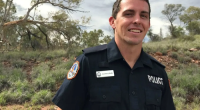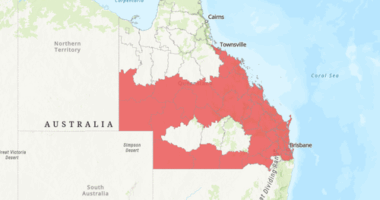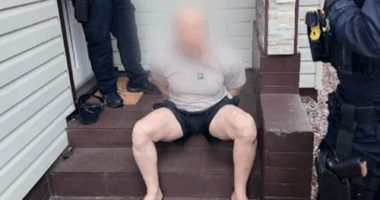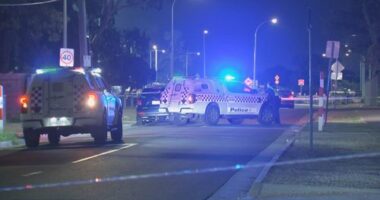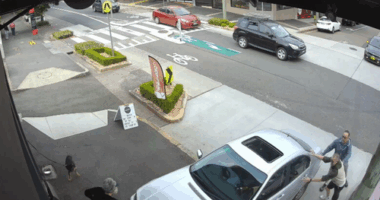Share this @internewscast.com
The sense of grief is still thick in the air, six years on from the fatal shooting of 19-year-old Kumanjayi Walker at house 511, just streets away.
Ms Armitage said she was satisfied that on at least five occasions prior to Kumanjayi’s death Mr Rolfe used unnecessary force and there were other occasions where force was avoidable.
“There were instances where Mr Rolfe used force without proper regard for the risk of injury to persons, all of whom were Aboriginal boys or men, and significant injuries were caused to suspects because of his use of force,” she said.

Credit: Emma Kellaway, NITV
Tendency to rush in
The coroner found, rather than follow the arrest plan prepared by Sergeant Julie Frost, the officer in charge at Yuendumu, Mr Rolfe, who was a member of the Immediate Response Team (IRT), deliberately ignored it.
“It appears that Mr Rolfe blocked the strike with his left arm, and the blow landed on his left shoulder, which caused a minor penetrating injury of the collarbone area.”
“Two of the three gun shots passed through major organs and a little over an hour later, Kumanjayi passed away from his wounds.”
“That too contributed to Mr Rolfe’s sense of superiority and their behaviour provides important context for understanding why Mr Rolfe ignored Sgt Frost and substituted his own ill-conceived and hasty approach for Kumanjayi’s arrest.”
Ms Armitage paid her condolences to Kumanjayi’s family and community and said he was loved and missed.
“Kumanjayi was my only son.”
